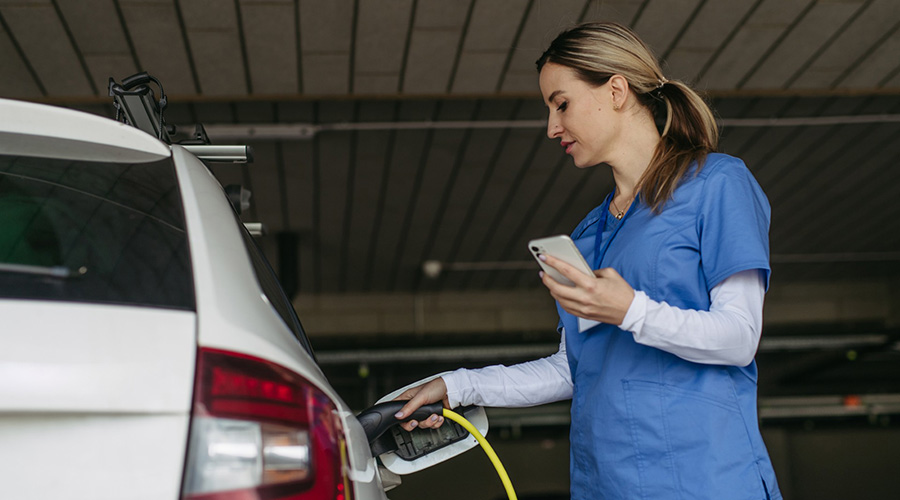A University of British Columbia-developed system that uses bacteria to turn non-potable water into drinking water was tested this week prior to being installed in remote communities, according to an article on the Infection Control Today website.
The system consists of tanks of fiber membranes that catch and hold contaminants while letting water filter through.
A community of beneficial bacteria, or biofilm, functions as the second line of defense.
Membrane water treatment is not new, but the modifications developed produce an even more effective solution.

 EV Charging Station Design: Ensuring Patient Access
EV Charging Station Design: Ensuring Patient Access Sanford Health and Prairie Lakes Healthcare System Merge
Sanford Health and Prairie Lakes Healthcare System Merge Sedgebrook Falls Victim to Data Incident
Sedgebrook Falls Victim to Data Incident How Efficiency Checklists Help Hospitals Save Energy, Water and Money
How Efficiency Checklists Help Hospitals Save Energy, Water and Money Designing with Heart: Seen Health Center Blends Cultural Warmth and Clinical Care
Designing with Heart: Seen Health Center Blends Cultural Warmth and Clinical Care